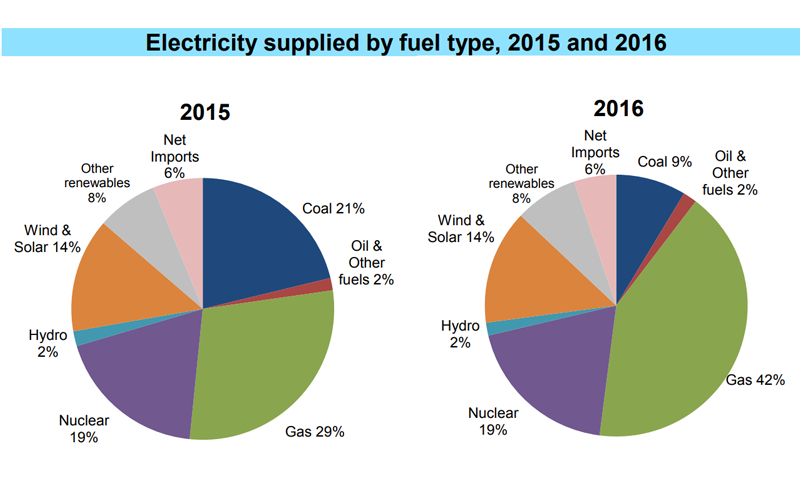Electric cars and vans are being heralded by environmental campaigners as an essential weapon in the battles to prevent global warming and to reduce harmful gas emissions.
However, for many commercial motorists like the London Black Cab drivers who will soon no longer be allowed to license a diesel engine, the higher purchase costs are a threat to their livelihoods.
Those less convinced by their green credentials argue that, in reality, these vehicles are only as clean as the energy that powers them and that the UK is still heavily dependent on the same fossil fuels that most vehicles currently burn.
Are motorists being misled? In this blog, we look at the way electricity is produced and consumed in the UK, to try and answer the all so important question: “Are electric vehicles really green?”
Are we just shifting the problem to another area?
There’s no denying that zero emission capable vehicles remove harmful gas and particulate matter from heavily populated areas. Yet, the electricity that charges these vehicles still has to be produced somewhere. New nuclear plants, increased mining or installation of wind turbines all could be very detrimental to some regions, particularly in rural areas.
With millions of petrol and diesel engines removed from the roads, there will be a far higher demand on the National Grid. Whether the UK’s infrastructure can cope with the increased requirements is a debate for another day.
Why the way electricity is generated matters
In the UK, the electricity is generated in a number of different ways. This is to ensure that we have a constant supply, without relying solely on one type of power generation. The different types of generators are:
- Fossil fuels (gas, coal, oil) – these represent the majority of the UK’s electricity production (53%).
- Nuclear – a fifth (19%) of our electricity comes from nuclear reactors.
- Renewable energy – renewable technologies use natural energy to make electricity. Wind, solar, wave, marine, hydro and biomass represent 24% of the UK’s production.
- Imports – our electricity network is connected to systems in France, the Netherlands and Ireland and electricity is imported when it is most economical.

Fossil fuels are the “dirtiest” source of energy, with coal being the worst. Burning them produces high levels of carbon dioxide. Coal and oil also release sulfur dioxide gas when they burn, which causes breathing problems and contributes to acid rain.
The cleanest electricity is that generated via renewable technologies. The share of electricity supplied via these environmentally friendly technologies should increase rapidly, as the UK aims to meet its EU target of generating 30% of its electricity from renewable sources by 2020.
There was promising news on the renewable energy front this week. The UK government announced that the subsidies required to produce watts from wind farms dropped by 50%, reducing it below the amount needed by the highly controversial Hinkley nuclear plant.
Am I helping the planet by driving an electric vehicle?
The level of emissions associated with charging an electric vehicle depends on the way the electricity is produced. In some instances, we may argue that a hybrid vehicle may produce fewer emissions, as it will auto-generate its own electricity supply and only use a small amount of petrol, whereas a pure electric vehicle charged solely with electricity derived from coal will be dependent on a high level of emissions to hit the road…
In reality, though, the share of fossil fuels is decreasing every year, which means that our electricity is getting greener.
Also, if electric vehicles aren’t completely “zero emissions” yet, they are still a much more environmentally friendly than the traditionally powered engines that are on the roads at the moment. The process to refine oil to power a traditional engine is very damaging to the environment and releases a lot of greenhouse gas. The vehicles then release more carbon dioxide and particulate matters when they are on the roads, affecting the air quality particularly in densely populated areas and city centres.
So, while the claim for “zero emission” may be slightly exaggerated, our research shows that electric vehicles do considerably cut down on emissions, and can, therefore, be deemed green.
Apart from limiting carbon dioxide emissions, electric cars can also improve the local air quality in cities. This could come at a cost, though, as it could mean moving emissions from cars to rural power plants. Thankfully, the amount of electricity being produced through renewable “clean” energy sources increases steadily, meaning that we could, in the near future, reach a minimal level of pollutants emissions.

